Services
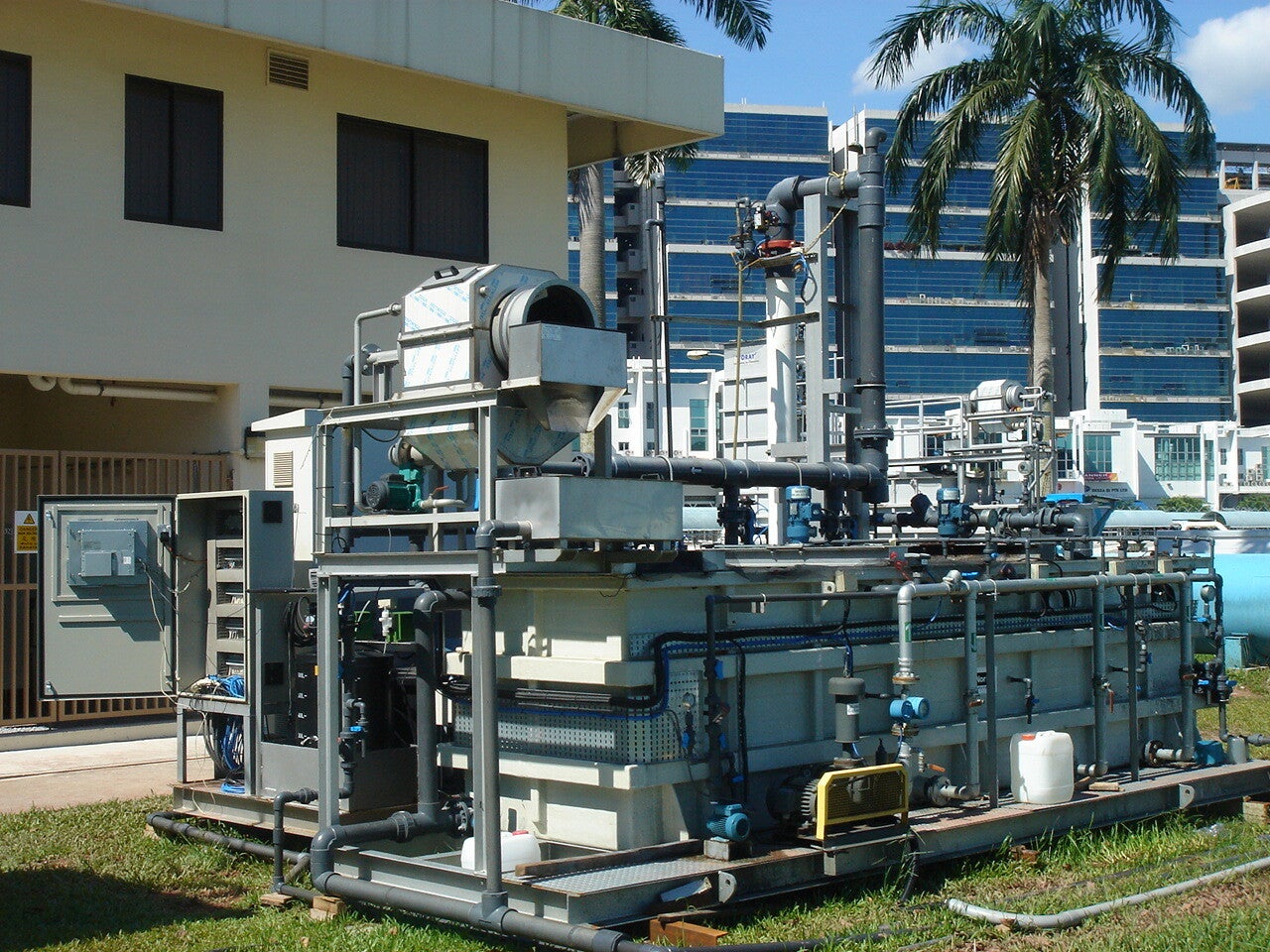
Application and Piloting Engineer
The use of membranes begins with a fundamental question: What type of separation or concentration is needed in my process? Is the primary goal to obtain the filtrate, the concentrate, or are both equally important? Once this is clear, the next questions follow: Which membrane should I use, and how should I apply it? Will it meet my performance targets? Can it be used sustainably over the long term?
These questions are ideally addressed through application research and piloting. This phase lays the groundwork for properly sizing and designing a full-scale plant.
Membron Services has extensive experience in this area, with piloting projects conducted around the world. Applications include milk and other dairy fluids, food processing, drinking water, wastewater treatment, and oil/water separation.
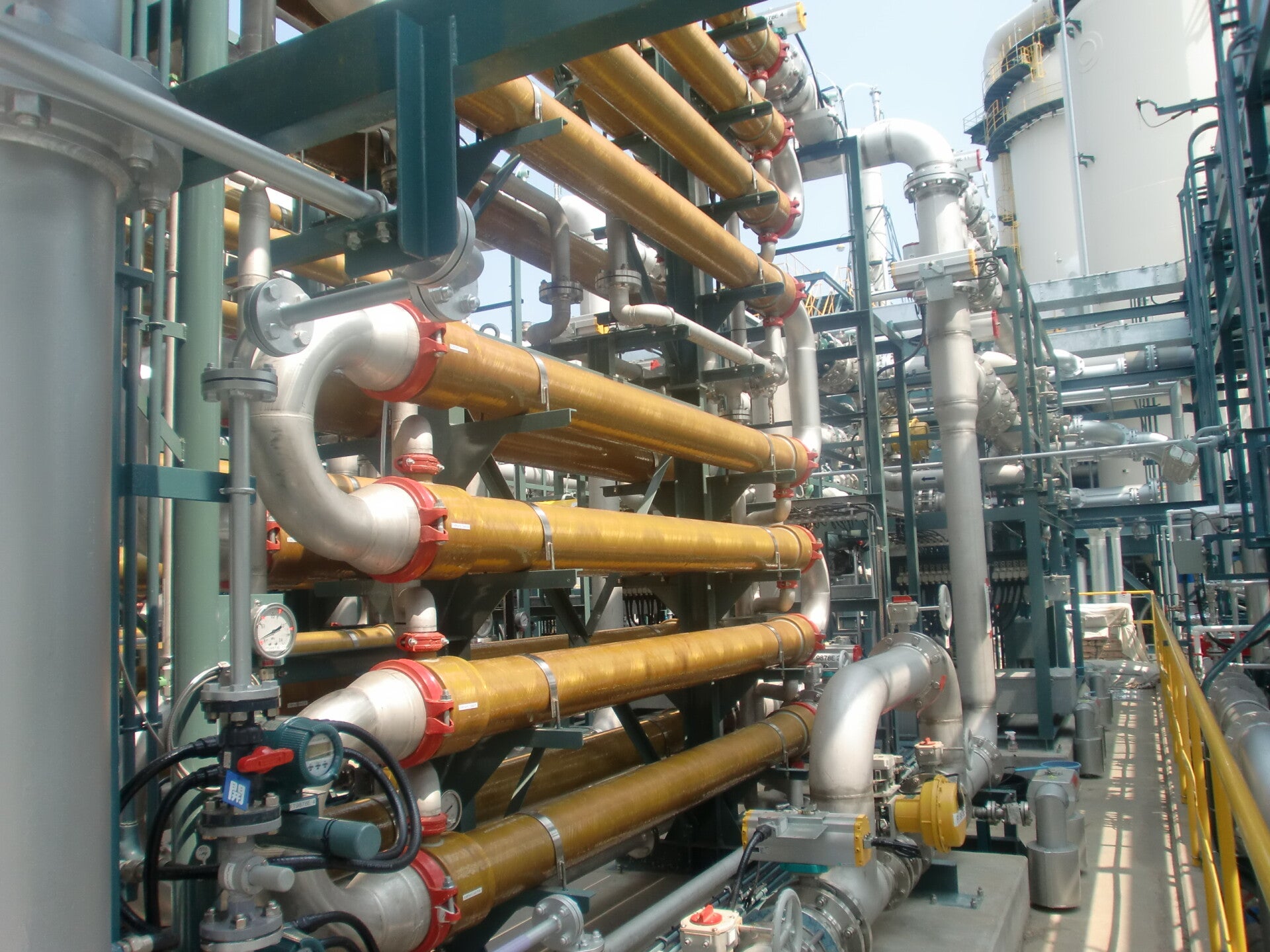
Process Engineer
Once the fundamentals are established and key data is available, such as which membrane, under which conditions, produces the desired results, a full-scale plant can be developed. A thorough understanding of sizing based on the appropriate flux rate, as well as the related effects of concentration and processing time, is essential to achieving the required capacity.
The plant design also considers the necessary cleaning cycles, which vary by application and may be manual or automated. If 24/7 operation is required, this will influence the overall design and execution of the plant. Defining both the general and detailed programming steps for automation is an integral part of the engineering process.
These capabilities have been built through the company’s extensive experience in developing plants for a wide range of applications, including food, water, wastewater, and other industrial sectors.
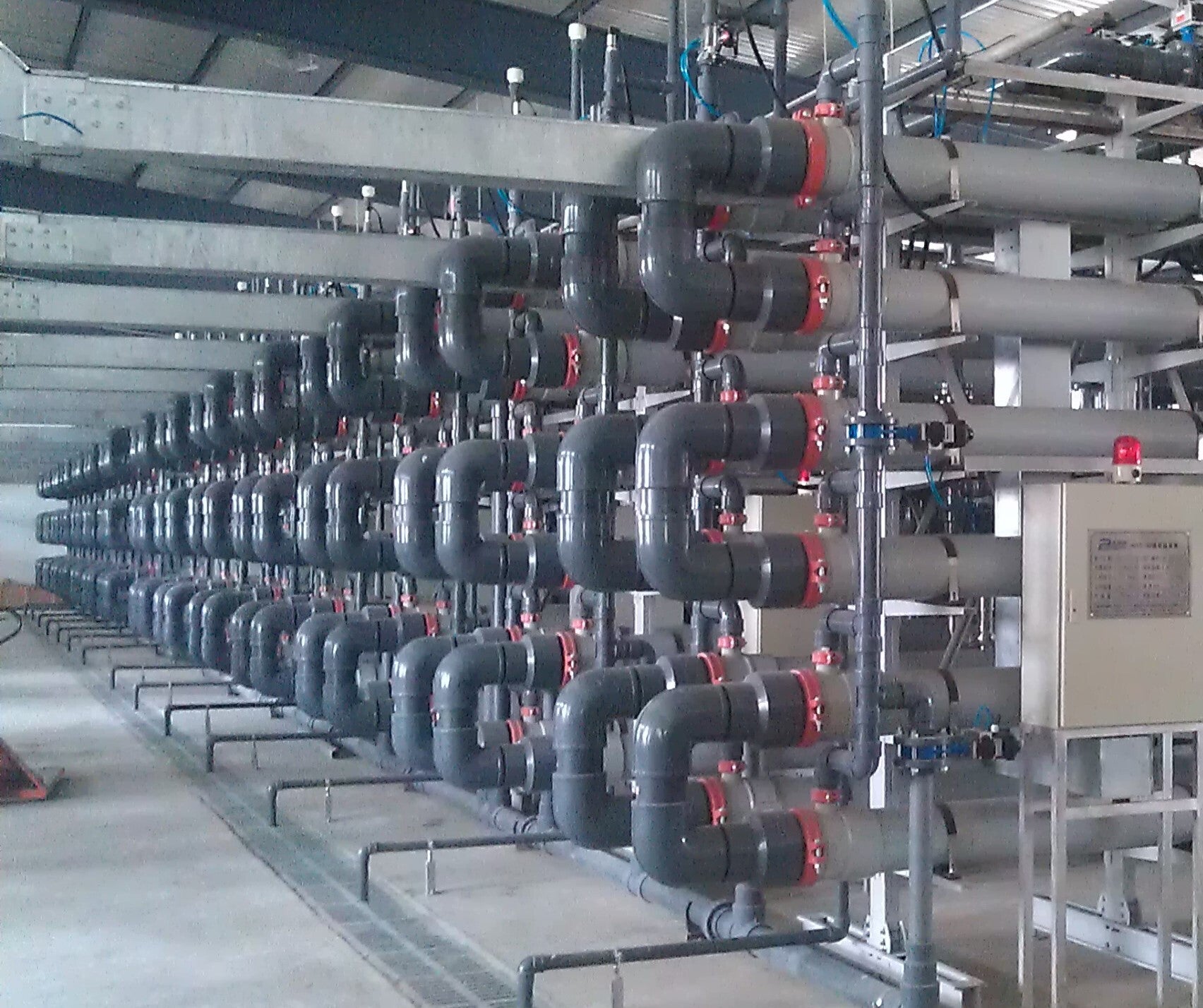
Commissioning Engineer
Once the plant has been constructed and is ready to begin operation, the commissioning engineer plays a crucial role in bringing it from a completed build to fully functional status. This process starts with verifying that all piping and equipment are correctly installed. Next, the pipework is flushed to remove any debris that may have accumulated during construction. After completing a basic I/O test, the initial water runs can begin.
Depending on the membrane type, membranes may either be pre-installed or loaded after the initial water testing phase. Once the membranes are in place, a series of water tests, product runs, and cleaning cycles are performed. Automation can be configured to manage these steps, potentially enabling unmanned operation. However, evaluating and monitoring the plant’s performance ultimately remains the responsibility of the operating personnel.
The company has extensive commissioning experience with plants around the world, from dairy facilities in New Zealand to egg-white concentration systems in Poland, as well as multiple membrane bioreactor (MBR) applications globally.
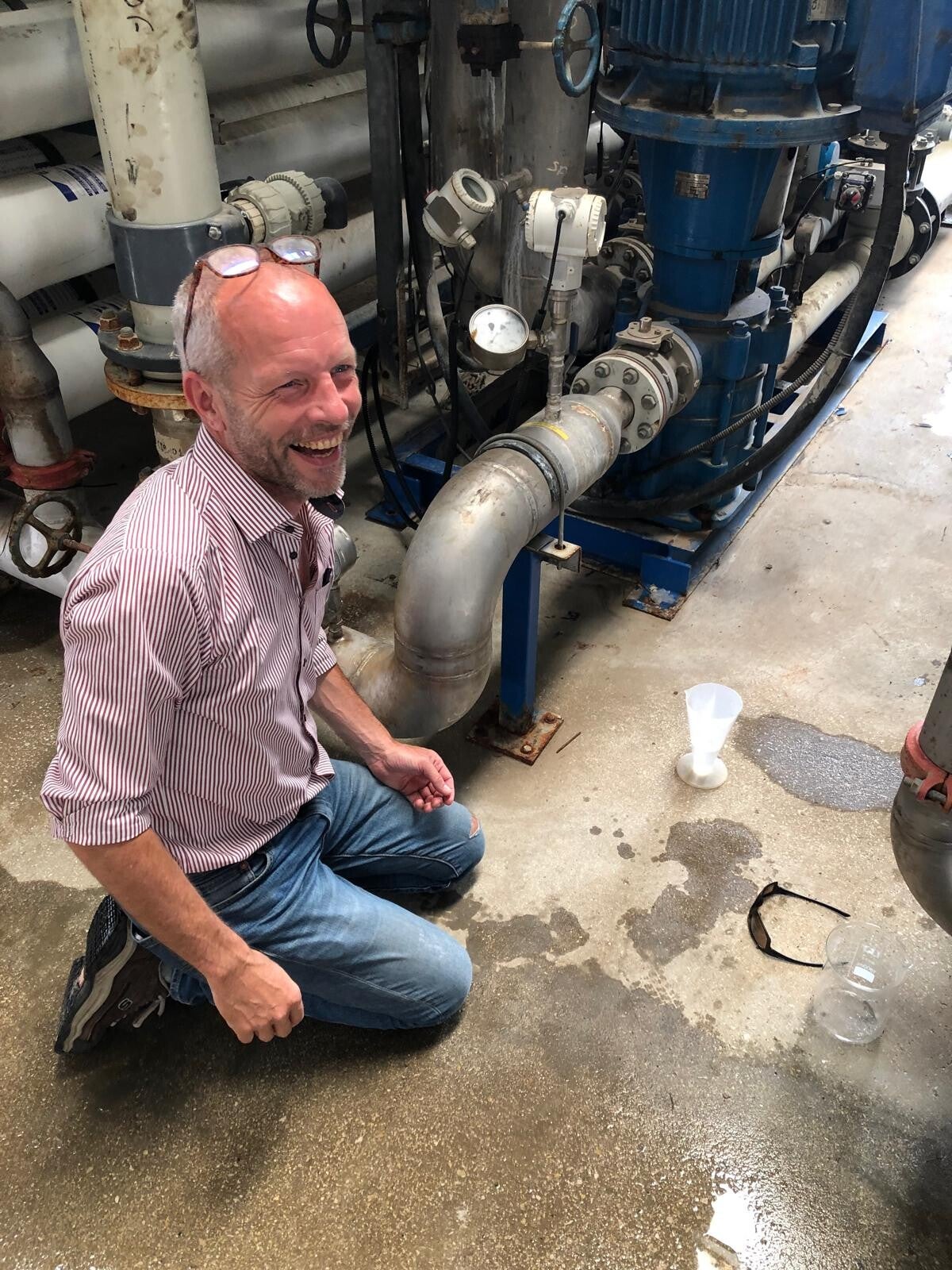
Troubleshooting
Life isn’t always fair and the same goes for membrane plants. There are many potential reasons why a membrane system might underperform. While issues can sometimes be traced back to the membrane itself, more often the root cause lies elsewhere. Inadequate pretreatment, suboptimal automation settings, or other operational factors can significantly limit membrane performance.
With over 30 years of hands-on experience visiting membrane plants around the world, Membron Services brings a sharp eye for identifying the core factors essential to optimal membrane operation. Through careful assessment and practical expertise, the performance of membrane systems can be thoroughly evaluated and effectively optimized.
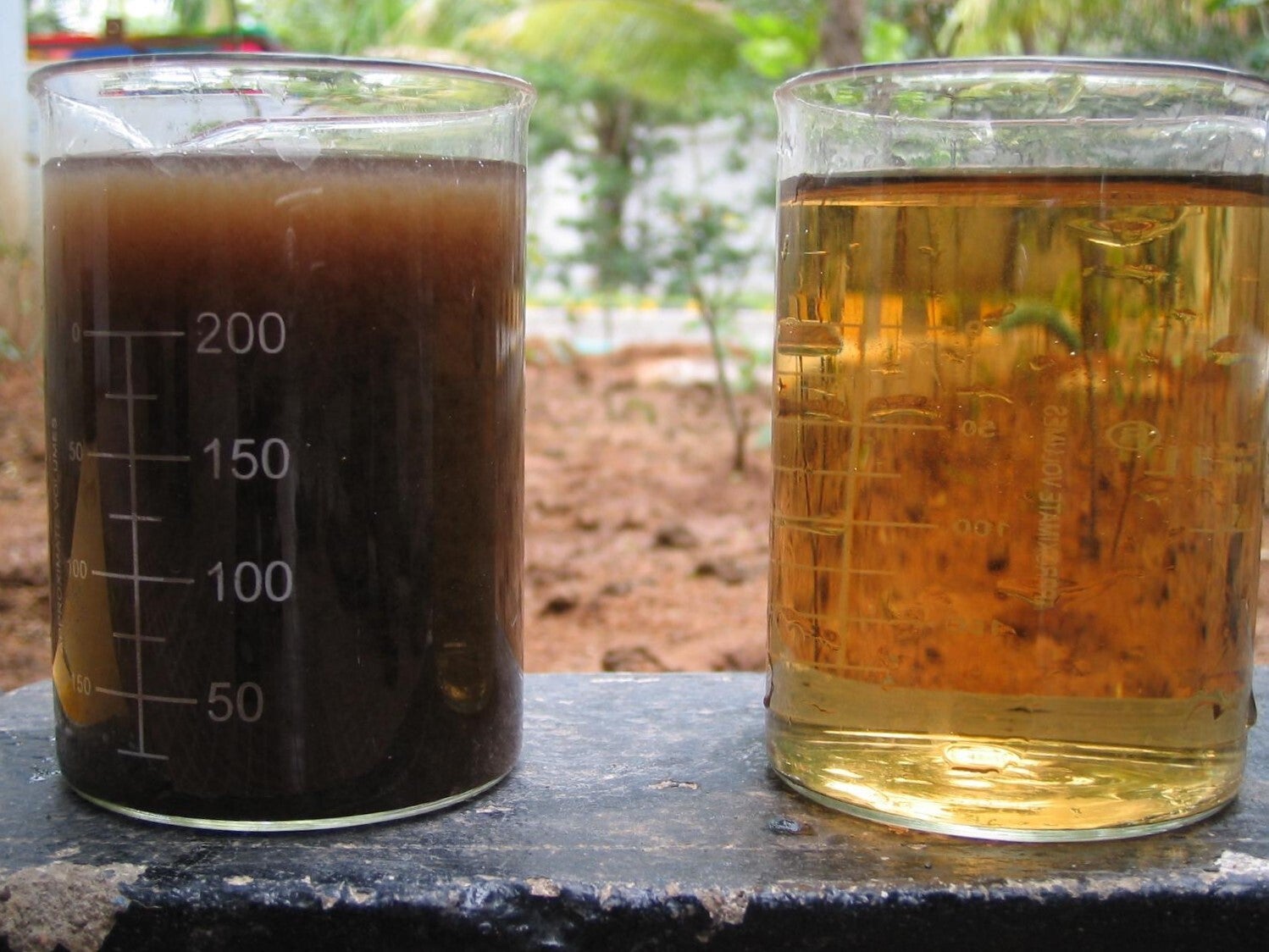
Training in Membrane Technology
Membrane technology has firmly established itself in the world of separation processes. For any potential user, understanding how and when to apply membranes is essential, just as important is learning what not to do.
With extensive experience delivering training sessions around the world—ranging from executive-level overviews to hands-on sessions for operational staff—it is always a pleasure to share knowledge and help others deepen their understanding of membrane technology.

